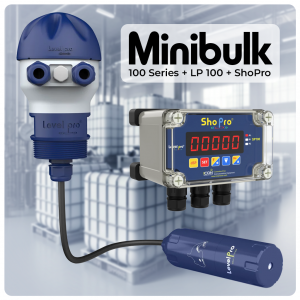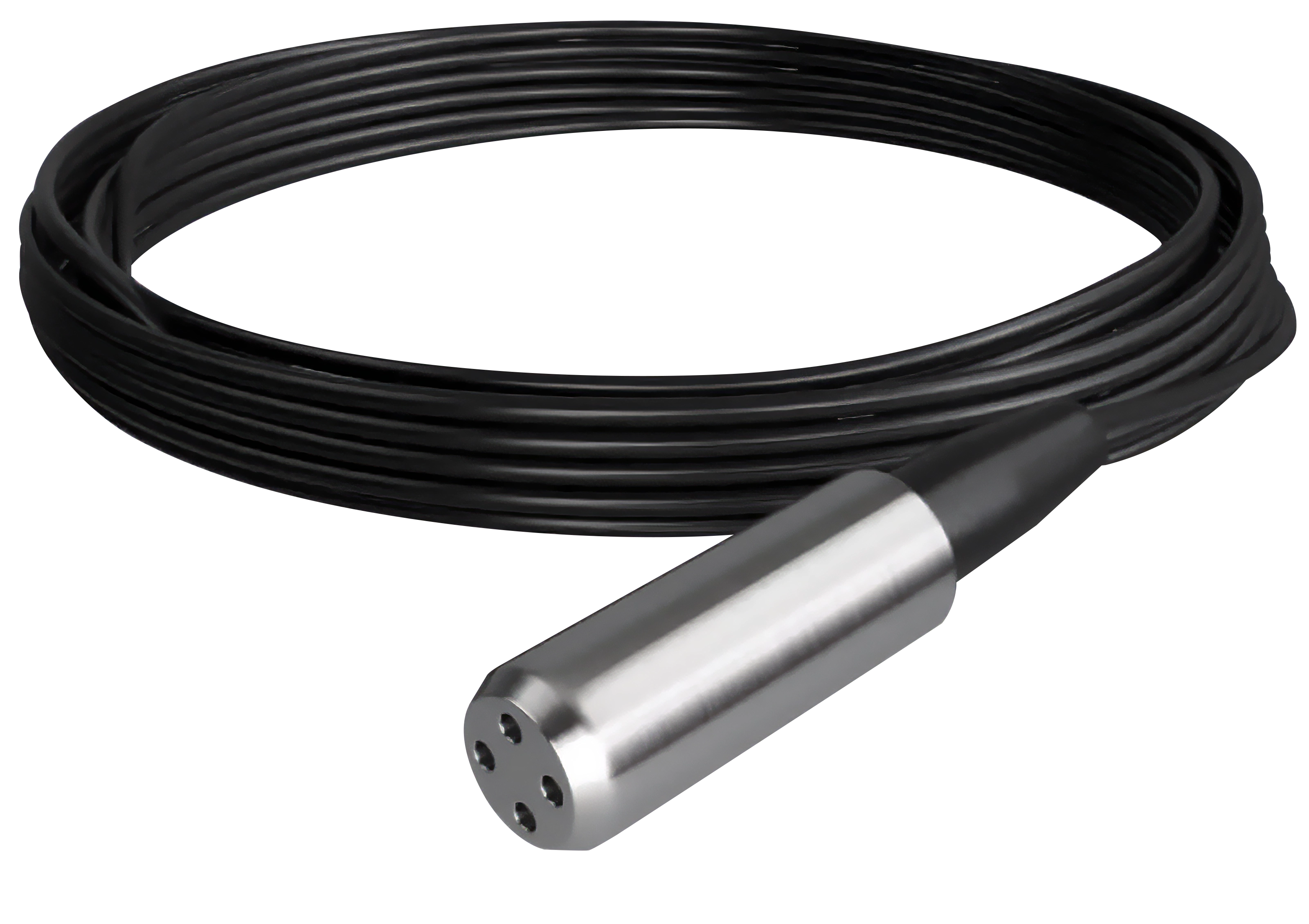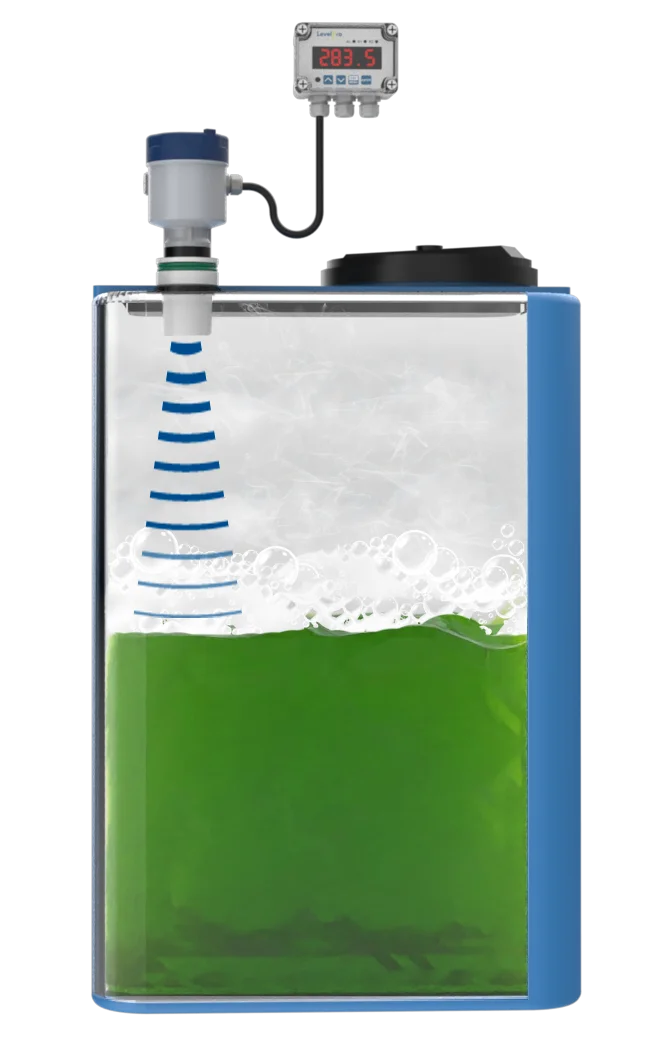Not All Tank Level Radar Sensors Are Created Equal- 80 GHz vs. 26 GHz

Several aspects must be considered when selecting a radar level sensor to guarantee that it can give accurate and reliable data for the intended application.
Range of operation: The range of operation of the radar sensor is crucial, as it affects the distance between the sensor and the surface of the substance being measured. It is essential to choose a sensor that has an appropriate range for the intended application and can properly measure the amount of the material.
Frequency of operation: Radar level sensors work at various frequencies, the selection of which depends on the specific application. In situations where the material being measured is highly reflective, such as liquids and powders, 26GHz radar sensors are often employed. Radar sensors operating at 80GHz, on the other hand, are often employed for applications involving less reflecting materials, such as granular or bulk materials. 80GHz radar sensors offer a shorter wavelength, a higher detection resolution, and the ability to penetrate dust, steam, and foam.
The measurement accuracy of the radar sensor is crucial, since it impacts the sensor’s capacity to precisely estimate the material’s level. It is essential to choose a sensor with a high degree of measurement accuracy and the ability to produce consistent and repeatable readings.
Temperature and pressure range: The temperature and pressure range of the radar sensor is an additional crucial factor, as it determines the sensor’s functioning conditions. It is essential to choose a sensor that can operate within the application’s specific temperature and pressure range.
Mounting options: The radar sensor’s mounting options must also be considered, as they govern where and how the sensor can be put. It is essential to choose a sensor with many mounting choices, such as flange, thread, or rod, and that can be easily mounted in the designated area.
Some radar level sensors are able to connect with other devices, including control systems and PLCs. The communication interface and protocol must be considered and be compatible with the current system.
In conclusion, it is essential to evaluate the working range, operating frequency, measurement precision, temperature and pressure range, mounting options, communication and integration when selecting a radar level sensor. Typically, 26GHz radar sensors are used to measure highly reflecting materials, such as liquids and powders, whereas 80GHz radar sensors are used to measure less reflective materials, such as granular or bulk materials. 80GHz radar sensors offer a shorter wavelength, a higher detection resolution, and the ability to penetrate dust, steam, and foam.
Learn more about chemical level sensors
Please contact us to discuss your application


